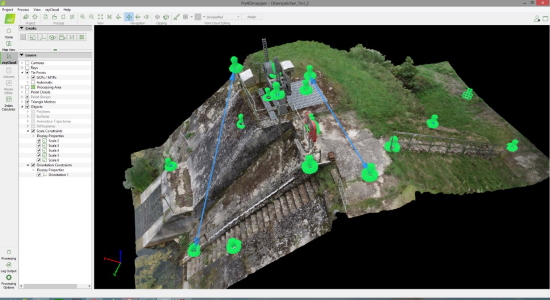

For images taken at different viewing positions and/or angles, the images of the same scene are related by the epipolar geometry constraint.This geometrically corrects the data to a common ground coordinate space and achieves better accuracy in radiometric matching and geometric filtering. RPC sensor models and elevation used for a quick orthorectification during image registration.The images should align well in the common ground coordinate space in the orthorectified images or nadir view images therefore, all tie points are constrained by a global transform between the coordinates in the base image and the warp image. Geolocation geometric constraints to search for and filter tie points.You can also manually define a few seed tie points and use them in automatic tie point generation to improve the overall accuracy.

For most applications, the Registration Engine can automatically generate tie points with no outliers or a minimal number of outliers. Tie point information you define manually or that is automatically generated from image-matching techniques.It reduces the search space and improves the reliability of automatic tie point generation. Standard map information or RPC information establishes the approximate geometric relationship between a warp image and a base image.



 0 kommentar(er)
0 kommentar(er)
